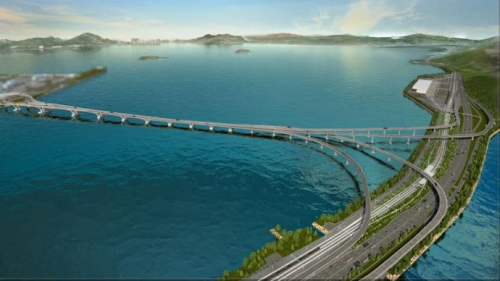China has constructed the world’s largest sea bridge, the Hong Kong–Zhuhai–Macau Bridge (HZMB), an engineering marvel stretching an impressive 55 kilometers across the Pearl River Delta. The mega-structure connects three major cities—Hong Kong, Zhuhai, and Macau—dramatically enhancing transportation and economic integration in the region.
The HZMB is a remarkable combination of long-span bridges, an undersea tunnel, and two artificial islands, designed to safely accommodate one of the busiest shipping lanes in the world. The structure showcases China’s ability to execute complex, large-scale engineering projects with precision and innovation.
Construction began in 2009 and was completed in 2018, marking nearly a decade of intense planning, advanced engineering, and international collaboration. The result is one of the most ambitious infrastructural achievements in modern history.
The bridge has reduced travel time between the three cities from three hours to just 30 minutes, greatly improving connectivity and boosting trade, tourism, and regional mobility.
Officials regard the project as a symbol of China’s massive commitment to infrastructure development and a milestone in regional integration throughout the Greater Bay Area.
With its immense scale, cutting-edge design, and transformative impact, the Hong Kong–Zhuhai–Macau Bridge stands as a testament to the power of modern engineering and China’s vision for the future of transportation.







